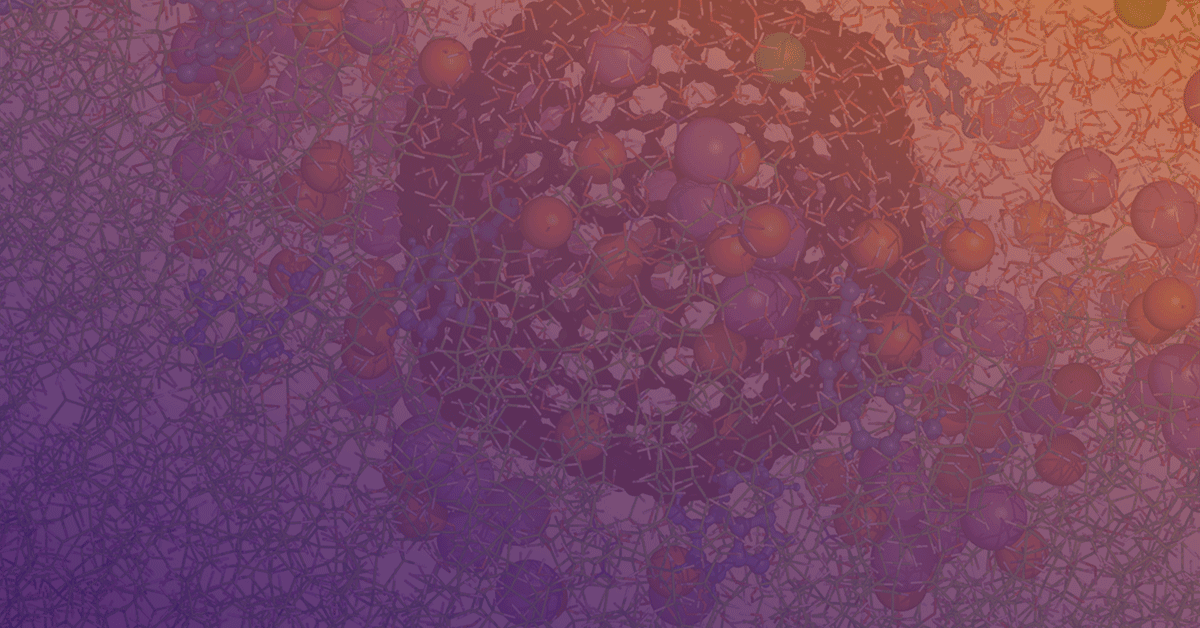This Virtual Special Issue seeks to uncover new insights into the role of the lipid bilayer and the changes in bilayer organization and dynamics induced by membrane-active molecules. Submit your manuscript by June 30, 2024.

The Journal of Physical Chemistry (JPC A/B/C) will publish a Virtual Special Issue (VSI) entitled “The Dynamic Structure of the Lipid Bilayer and its Modulation by Small Molecules.” We encourage researchers to submit their new and unpublished work by June 30, 2024.
As the boundary that differentiates the “in” from the “out” of living cells and organelles, the lipid membrane plays the role of the gatekeeper and the transducer of bidirectional transport and signaling. The pathway of biochemical signaling and transport typically goes through specific proteins which are the targets of major pharmaceutical interventions. However, the lipid bilayer plays an intimate role in tuning the properties of these proteins by providing the appropriate local environment characterized by physical properties of the membrane and specific interactions with chemically different lipid molecules. The bilayers are liquid-crystalline structures with material properties such as thickness, intrinsic curvature, elasticity (described by different elastic moduli), a complex lateral pressure profile, resistance to mechanical disruption, phase separation, etc., and the properties of membrane proteins are sensitive to these.
A perturbation of the bilayer structure and dynamics can translate into multiple effects in cell physiology (and toxicology). A host of recent reports indicate that small amphipathic molecules including small peptides partition into lipid bilayers, causing numerous structural and dynamic perturbations. In some cases, these perturbations may provide additional mechanisms/pathways for receptor-independent signaling.
The field is growing fast because a range of powerful techniques are now available to study membrane structure and dynamics (such as NMR, EPR, neutron scattering, X-ray reflectometry, fluorescence microscopy and spectroscopy, and AFM, in addition to molecular dynamics simulations). These tools are providing new, quantitative insights into changes in bilayer organization and dynamics induced by membrane-active molecules.
These discoveries can lead to a better understanding of off-target effects of existing drugs, and potentially also to a new class of drug molecules that would act solely by changing the membrane properties but would be bio-orthogonal otherwise.
Research Areas of Particular Interest Include:
- Characterization of the interactions of small molecules with artificial lipid bilayers
- Probing the coupling of small-molecule interaction with changes in the structure and dynamics of the lipid bilayer
- Measurement of the biological or biophysical perturbations of the lipid bilayer properties
- Theoretical studies and MD simulations of the mechanical properties of lipid bilayers
- Methodological studies of the material properties of lipid bilayers
- Development of techniques for measuring the changes in bilayer properties
- Modulation of the phase separation in multiphasic bilayers induced by small molecules
- Coupling of the properties of membrane proteins with the material properties of the bilayer
- Measurement of cellular effects of the perturbation of the material properties of the lipid bilayer
- Identification of existing molecules or the development of synthetic molecules which are especially effective in changing the bilayer properties
Organizing Editors
Daniel Huster, Guest Editor
Leipzig University, Germany
Durba Sengupta, Guest Editor
National Chemical Laboratory, India
Submission Information
The review process for all submissions for this VSI will be primarily handled by JPC Senior Editor Sudipta Maiti. To ensure an unbiased peer-review process, the journal asks that you do not indicate within your manuscript that the submission is intended for the VSI. If you do, your manuscript will be returned for correction. Instead, when you submit your manuscript, please indicate this on your cover letter and note what part and section you feel will be the best fit. You can find a complete list of sections and other important information for authors in the JPC Author Guidelines.
As with all submissions to JPC, your manuscript should represent a rigorous scientific report of original research, as it will be peer-reviewed as a regular article. Manuscripts are expected to provide new physical insight and/or present new theoretical or computational methods of broad interest.
Contributing to this Virtual Special Issue
If you are unsure if your research is within the scope of this VSI scope or have other questions about submitting a manuscript to this VSI, please email the Editor-in-Chief’s office at eic@jpc.acs.org.
